Adrian Harvey
Chess Theory
From Stamma to Steinitz, 1735–1894
Frank Hoffmeister
Foreword by Peter Heine Nielsen
492 pages | 83 illustrations | 407 diagrams | softback | $99.00
Jefferson: McFarland, 2022
This is a very substantial work that embraces all the major developments in chess between 1735 and 1894 (p.437). The author utilises a range of Indo-European sources and provides a very good narrative account of chess history. He thereby offers easy access to works for which no English translation is available, such as Cozio (Italian), Allgaier (German) or Petroff (Russian). Of course, as the title indicates, the work transcends this, focusing attention on the evolution of chess theory. Fundamentally the work is divided into the following chronological sections:
(1) 1735–1775 (2) 1775–1835 (3) 1835–1850 (4) 1851–1859 (5) 1860–1871 (6)1872–1885 (7) 1886–1894.
Each section deals with the careers of those who played and wrote about chess at that time. The basic structure of each section is as follows. Initially an outline of the period is provided and then an examination of the personalities within it. This includes a short biography of their life, incorporating both chess and non-chess activities, followed by a sustained focus on their chess play. Generally this is divided into the following categories: openings, combination play, positional play and endgames. For certain individuals mention is also made of other aspects of their chess playing, such as the chess problems that they constructed. The section includes an examination of the limitations of a player’s game and an overall appraisal of their play. At the very conclusion of each chronological section there is an assessment of the legacy that developments of the period had on the broader history of the game.
A good deal of the book focuses on individual openings and the way they were refined by various ideas. Hoffmeister assesses these in detail and often traces the evolution of particular concepts. He discovers that many of the ideas that were regarded as modern developments were present much earlier: ‘it is therefore high time to do away with the idea that eighteenth and nineteenth century [sic] was the (somewhat unsound) “romantic era” of chess and acknowledge the important theoretical progress made then’ (p.437). The engine driving this is specifically identified by Hoffmeister:
‘The development of chess theory is closely linked to the personalities involved and the role chess played in their lives. Players who dedicated a substantial part of their existence to chess tend to leave more lasting impact on the game than those for whom the game is merely a part-time passion. In addition, masters who regard chess mostly as a branch of science contribute more to chess theory than those who see it as an art or a sports discipline. Finally the nineteenth century witnessed the appearance of the first few masters for whom chess became their full time profession, which entailed considerable risks.’ (p.432)
He then divides players into three categories:
(1) chess researchers: Bertin, Cozio, Del Rio, Ponziani, Lolli, Stamma, Philidor, Allgaier, Lewis, Lasa and Petroff
(2) those who obtain pleasure from playing and are less interested in theory and writing: Deschapelles, De la Bourdonnais, McDonnell, Saint-Amant, Anderssen, Morphy, Paulsen, Kolisch and Winawer
(3) full time professionals: Kieseritzky, Harrwitz, Löwenthal, Rosenthal, Neumann, Steinitz, Zukertort, Blackburne, Gunsberg, Burn, Chigorin.
While such a division is certainly a very stimulating procedure inevitably elements within the constituent parts overlap. With regard to (1) there are a number of discrepancies. For instance, many theorists and researchers were uninterested in earning a living from chess and regarded the game essentially as a noble passion. This was probably the case for Petroff, Lasa and Jaenisch, each of whom held an official post. However, others – notably Allgaier, Lewis, Stamma and Philidor – often relied on earnings from writing books as their main source of income. In this sense they had much in common with professionals (3). Likewise, in relation to (2), both Saint-Amant and De la Bourdonnais drew income by publishing a lot of material and had much in common with professionals (3). Such discrepancies are identified by Hoffmeister but evidently he felt that they did not invalidate their use.
Adolf Anderssen
With regard to (3), professionals, this reviewer is inclined to think that Hoffmeister fails to appreciate the reality of the period up until 1866. For Hoffmeister the crucial event in the growth of professional chess was the match between Steinitz and Anderssen in 1866. Hoffmeister declares that the ‘match can be seen as a nucleus for making chess more professional, as it allowed the top player to support himself from the prize money, at least for some time’ (pp.251–2). In reality prior to 1866 a number of players in Britain, notably Philidor, Sarratt, Lewis and Walker, made part of their living through chess. While it is true to say that after 1866 it became more plausible for players to earn a substantial portion of their income from chess, even some very significant players were basically semi-professional during intervals between non-chess activities. This was the case for two of the major British players, Burn and Gunsberg, both often having to spend periods working elsewhere, sometimes even overseas, on non-chess activities, inevitably leading to the fragmentation of their chess careers.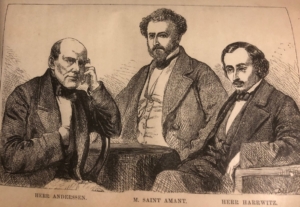
Hoffmeister believes that professionalism affected the type of chess that a player practised and quotes Harding’s interesting remarks concerning Amos Burn:
’Burn was seen as technical, lacking in real originality and flair, who won chiefly by exploiting the mistakes of his more creative opponents. In fact, he performed like a professional even if he did not wish to be regarded as one. He played to win and not to entertain.’
Tim Harding, Eminent Victorian Chess Players: Ten Biographies (McFarland 2012), p.277.
This reviewer is unclear as to what is meant by this remark and finds such an assessment highly subjective and, like beauty, in the eye of the beholder. It was undoubtedly the case that certain players, notably Steinitz, were often accused by contemporaries of playing colourless mechanical chess, but later theoreticians were to adopt their ideas and many of the concepts that Steinitz promoted became generally adopted.
Wilhelm Steinitz
Hoffmeister provides an interesting assessment of the numerous players whose careers he examines. His conclusion was that Steinitz was the greatest player of the era for he combined three important aspects: he was the strongest player in the world for roughly 20 years (1872–1894), his research was deep and broad at the same time, and he published in the most accessible language, English. Therefore the first World Champion influenced the development of chess theory far more than any of his predecessors. This reviewer has argued elsewhere that Steinitz was the greatest player of all time for rather different reasons to Hoffmeister: because for a period of almost thirty years he defeated all his main rivals in matches (BCM Dec 1989, CIX 552).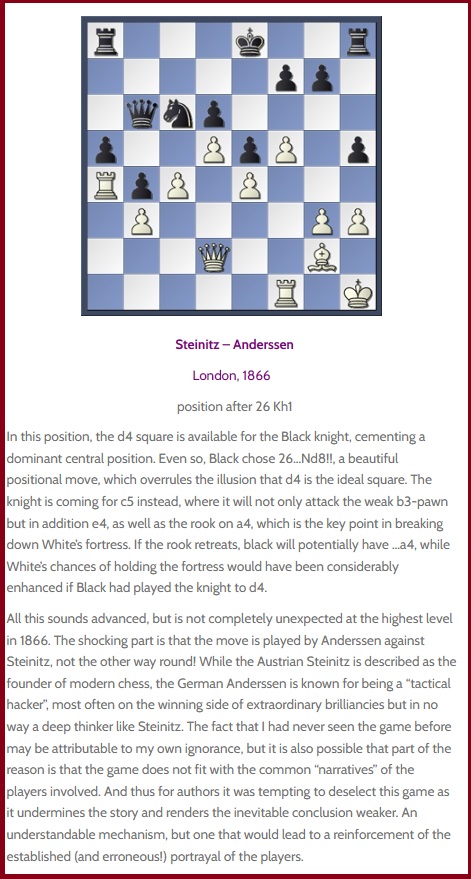
from Peter Heine Nielsen’s foreword (p.1)
This is an excellent book that is full of interesting material. It is well illustrated and on good quality paper. Given the thorough way it deals with chess up until 1894 it is surely a necessary purchase for any chess library, and both Dr Hoffmeister and McFarland are to be thanked for such a product.

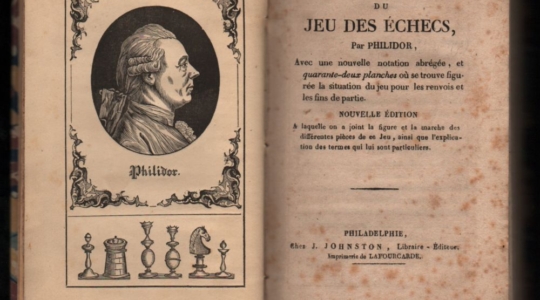
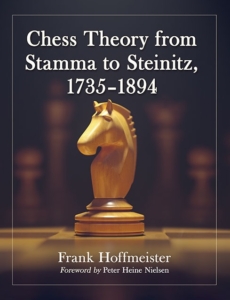
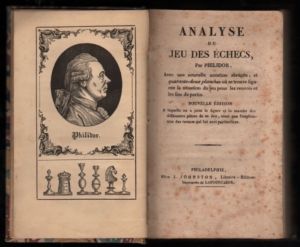
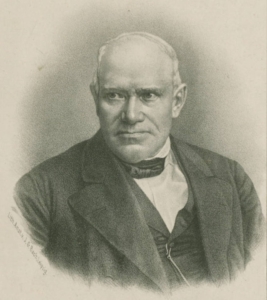
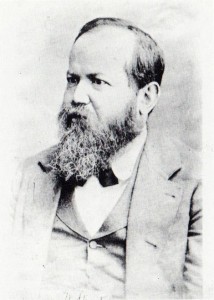


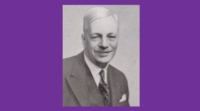
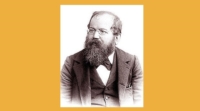
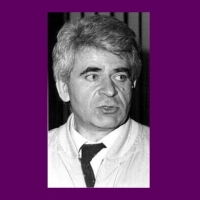
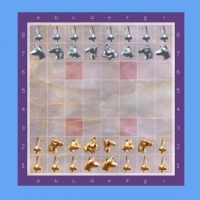

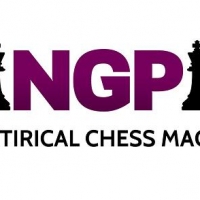
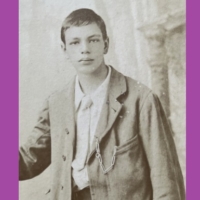
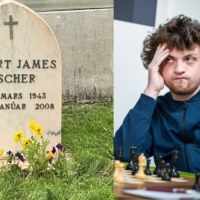
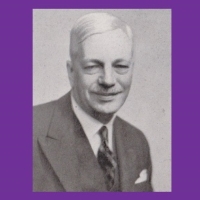
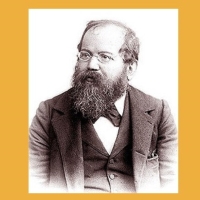
Gary Kenworthy
→ Commenting on: Tim Krabbé: 20 Questions
Jon Manley
→ Commenting on: No Regrets: Boris Spassky at 60
IchessU
→ Commenting on: No Regrets: Boris Spassky at 60
S.B. Cohen
→ Commenting on: Chess and Sex – The Survey